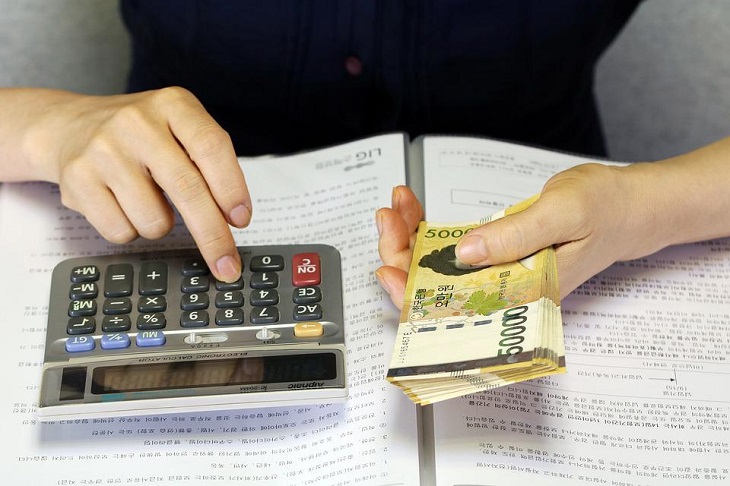Small and medium-sized enterprises (SMEs) in their growth stage reach the point where, on the one hand, personal resources do not meet their needs, and, on the other, they do not have enough collateral to attract external finance.
The situation has been worsened by the COVID-19 pandemic, which has exposed the sector to more financial woes. Massive layoffs and shutting down of businesses have been reported, with the hospitality, education, trade, and transportation sectors being the most affected.
Moreover, more than half of formal SMEs in emerging markets are either unserved or underserved by financial institutions.
In 2021 for instance, a Central Bank of Kenya study showed that banks turned away 28 percent of small businesses while microfinance institutions declined 96 percent of their loan applications.
However, the good news is MSMEs can now access finance for their businesses by obtaining loans through the Credit Guarantee Scheme from a financial institution such as a Cooperative bank.
What is a Credit Guarantee Scheme?
A Credit Guarantee Scheme is a non-bank financial instrument aimed at facilitating the access of micro, small and medium-sized enterprises (MSMEs) to formal lending through the provision that mitigates the risk of non-repayment.
It is like an insurance policy that gives lenders confidence to extend credit to potentially high-risk borrowers.
These schemes are a common form of government intervention to unlock finance for small and medium enterprises (SMEs). More than half of all countries in the world have a CGS for SMEs and the number is growing.
The schemes provide third-party credit risk mitigation to lenders through the absorption of a portion of the lender’s losses on the loans made to SMEs in case of default, typically in return for a fee.
They add to other facilities run by multilateral lenders and development finance institution that seeks to boost SMEs’ access to credit for growth and working capital.
Available figures from Treasury indicate that in 2021, a large percentage of credit guarantee scheme beneficiaries were SMEs, while the rests were medium-sized enterprises and the least as marginalized groups- including women, youth, and persons living with disabilities.
In December 2021, according to the Treasury, a total of 1,291 small businesses had taken loans amounting to 2.1 billion shillings since the scheme was launched in 2020.
How the Credit Guarantee Scheme Works
A select group of commercial banks including the Co-operative Bank issue the loans and can be compensated for up to a quarter of losses from default using the cash provided by the Treasury, which stood at 3 billion in March 2022.
This means that the banks can provide loans worth at least 12 billion shillings or four times the amount provided by the government in the scheme. However, the loan limit is set at 5 million shillings per borrower with a repayment period of 36 months.
Three parties are involved in the process: the guarantor and the bank conclude a guarantee agreement. A guarantee agreement provides the lending institution with the right to call on the guarantee to recover loan losses. And the bank issues a loan contract with the borrower. The borrower then subscribes to a guarantee request to the guarantor.
An advantage of this system is that, in case of loan default, the guarantee is paid out directly from the government budget. This gives such a scheme higher credibility within the banking sector.
How Co-operative Bank is Supporting SMEs through the Scheme
Through the credit Guarantee Scheme Co-operative bank is now able to disburse affordable loans faster, lend more and take on more risky SME borrowers. Benefits of the CGS to the borrower include:
- Attractive repayment periods.
- Lower loan security requirements i.e., easier collateral requirements.
- Ability to lend to more MSMEs, who were previously considered risky.
All You Need To Get Started
- Duly filled application form
- Tender advert (where applicable)
- Copies of the Company Directors’ IDs and KRA PIN Certificates
- Company’s KRA PIN Certificate, Tax Compliance Certificate, Articles of Association and MOU, and Certificate by Registrar of Companies (CR12).
- Latest bank statements (minimum 12 months) for other Bank Accounts held by the company and related companies

